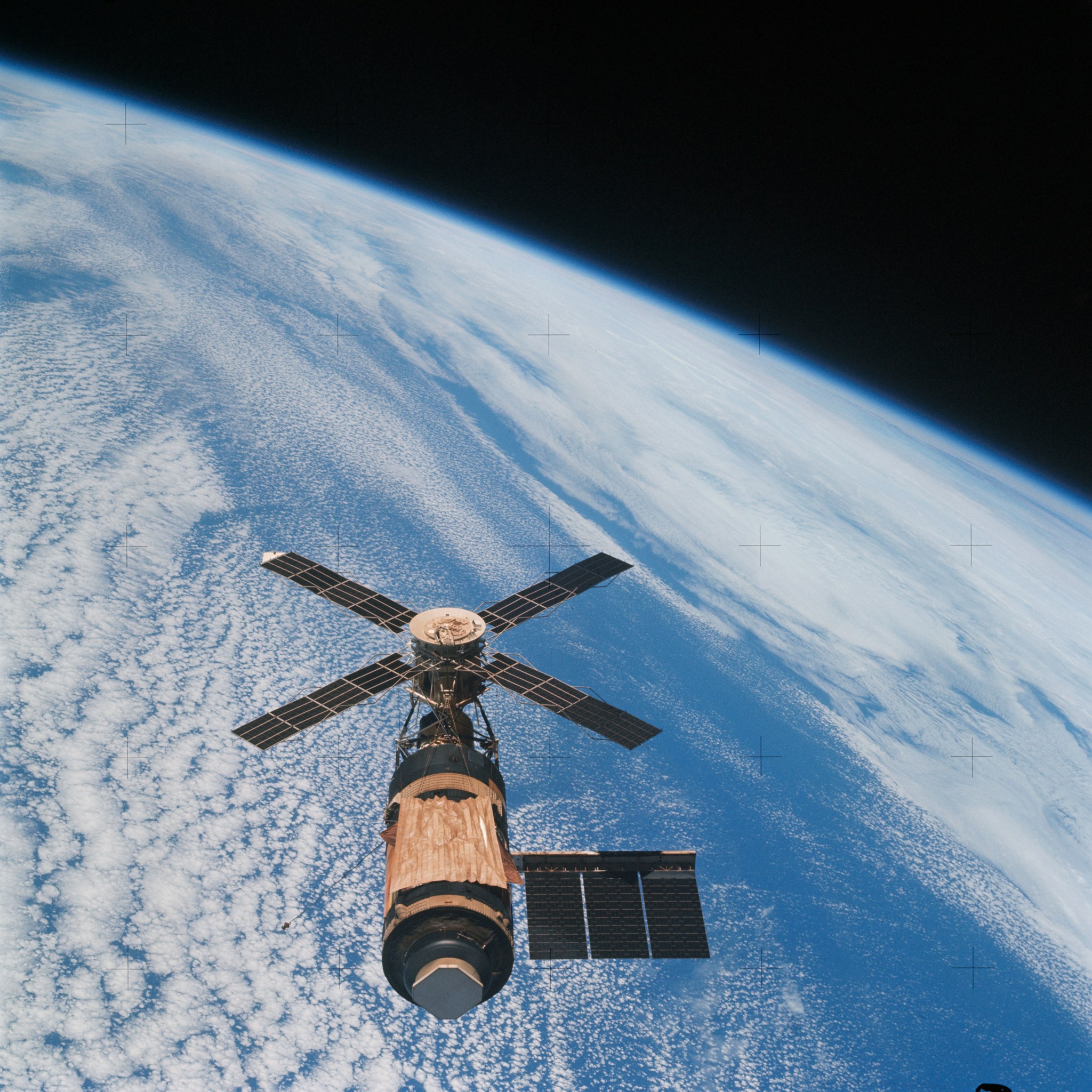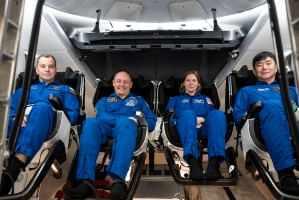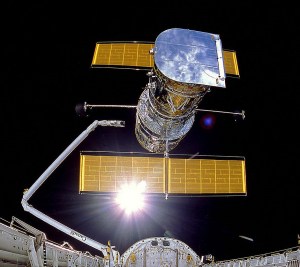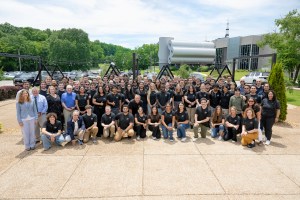Originally Published Nov. 10, 2003
Part I – The History of Skylab | Part II – Life on Skylab
For today’s students, Skylab is a part of history that took place long before they were born. But it is an important part of space exploration; it laid substantial groundwork for future space ventures. Its potential is just now being realized with the ISS. “I think most people would recognize Skylab as the world’s first space station, or at least the U.S.’s first space station,” said Garriott.
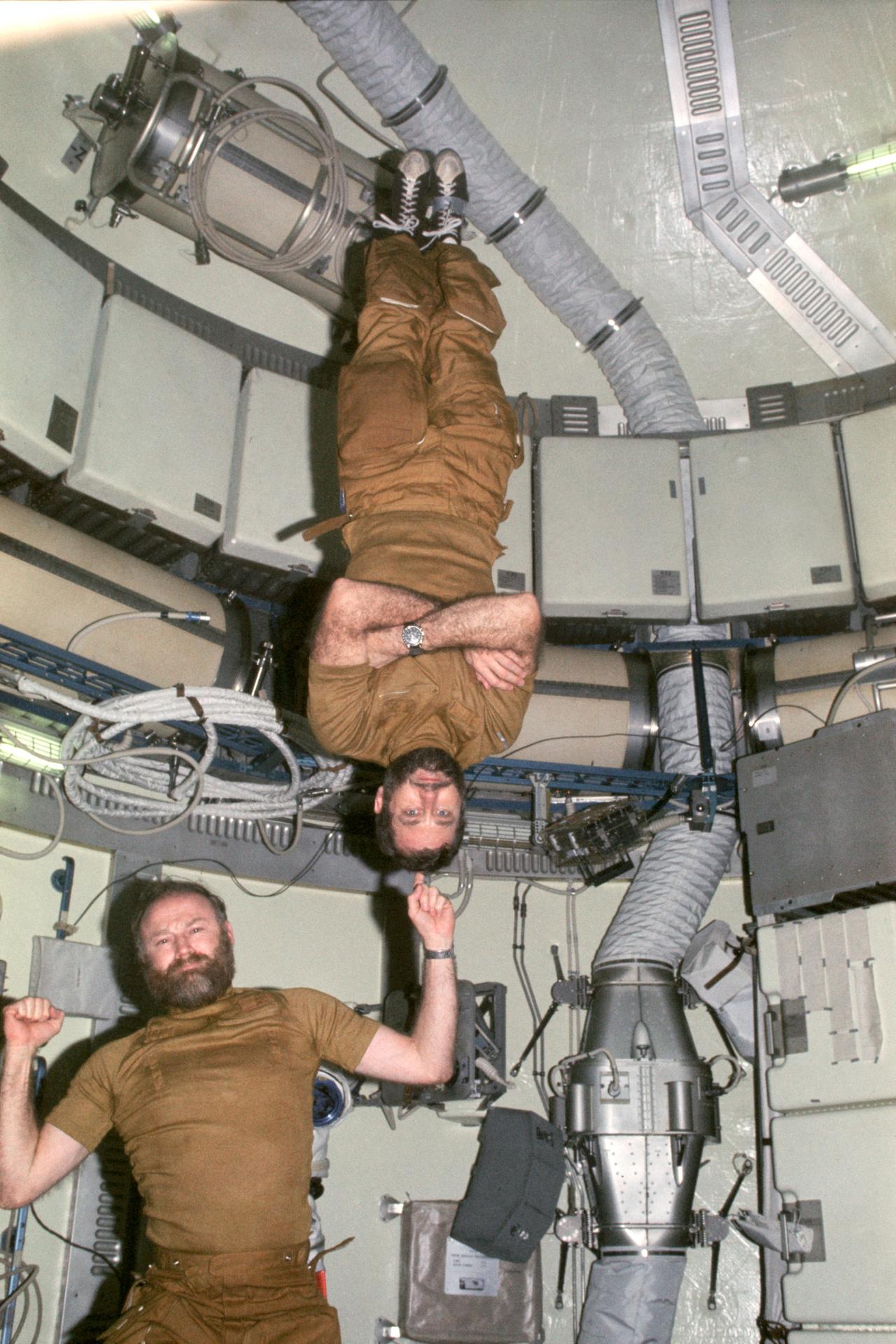
Much of the research and technology that makes the ISS possible was still just theory prior to launch of Skylab. “I think the greatest achievement is that we pretty much proved that the human body can stay weightless for a very long time,” Carr said. “This was our first opportunity to go up and settle in.” He said that the Skylab crews also helped develop countermeasures to help astronauts better endure long-duration flights. “I don’t see any reason we couldn’t go to Mars without artificial gravity,” he said.
When asked about the modern successor to the Skylab program, Garriott said that he believes the ISS could have a great future. “It’s got great potential, but not with only two people onboard. We’re still waiting expectantly for the potential to be realized.” He said that he believes the ISS could be a very productive scientific facility once the crew size is increased.
Carr said that he and fellow third-crew astronaut Pogue were actually involved in the development for 13 years of what became ISS, and were able to share their experiences during the design planning. “It looks to me like it’s a good system,” he said.
The ISS still has a long future, and NASA and its international partners are working to make sure that ISS does realize its full potential. And, when it does, it will owe much of that success to another space station, which orbited the Earth 30 years ago—Skylab.




























